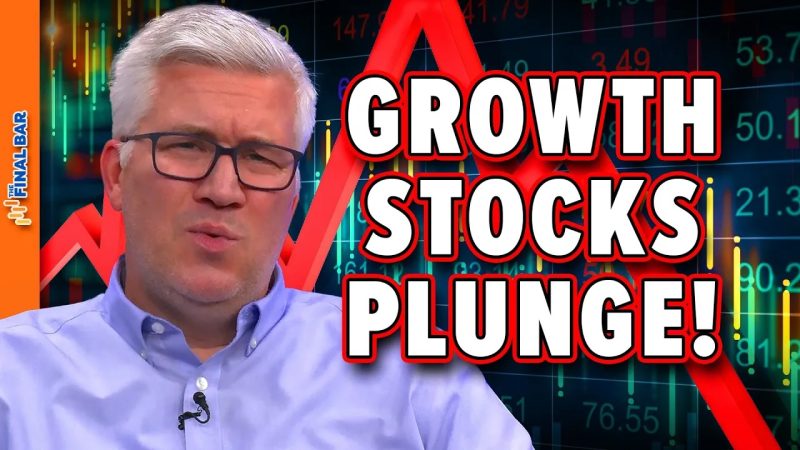The recent market developments have seen significant shifts in the financial landscape, with the S&P 500 breaking a key trendline and growth stocks experiencing a notable plunge. This has prompted a wave of concern and speculation among investors and analysts alike. Understanding the root causes and implications of these changes is crucial for navigating the current market environment.
One of the primary drivers behind the S&P 500’s break of the key trendline is the growing uncertainty surrounding global economic conditions. The ongoing trade tensions between major economies, coupled with geopolitical risks and the specter of rising interest rates, have created a cloud of uncertainty over the markets. This uncertainty has manifested in increased volatility and a reevaluation of risk in the eyes of investors.
Furthermore, the recent plunge in growth stocks can be attributed to a variety of factors. Many high-flying tech companies that had been driving the market higher in recent years are facing increased scrutiny over their valuations and growth prospects. This has led to a rotation out of these stocks and into more defensive sectors, such as utilities and consumer staples, as investors seek stability and security in the face of uncertainty.
Another key factor contributing to the decline in growth stocks is the increasingly hawkish stance of central banks around the world. The prospect of higher interest rates has put pressure on highly leveraged companies and those with high valuations, as borrowing costs are set to rise and discount rates are adjusted accordingly. This has prompted a reassessment of growth prospects and valuations across the board.
As investors navigate this challenging environment, it is important to remain vigilant and adaptive in their approach to portfolio management. Diversification across asset classes and sectors can help mitigate risk and provide a buffer against market volatility. Additionally, staying informed about macroeconomic trends and company-specific developments is essential for making well-informed investment decisions.
In conclusion, the recent break of the key trendline by the S&P 500 and the subsequent plunge in growth stocks reflect the evolving dynamics of the current market environment. Understanding the underlying factors driving these changes is crucial for investors seeking to navigate the shifting landscape and position their portfolios for long-term success. By staying informed, remaining adaptable, and maintaining a diversified portfolio, investors can weather the storm and emerge stronger on the other side.
